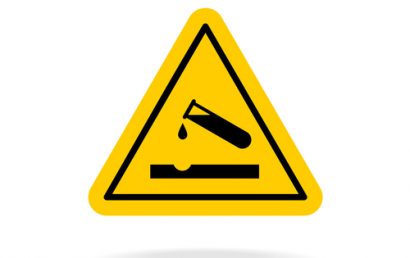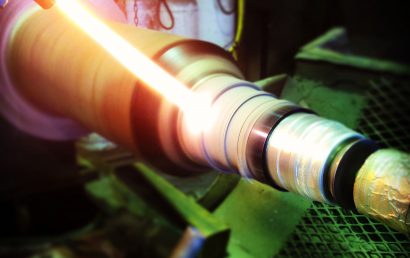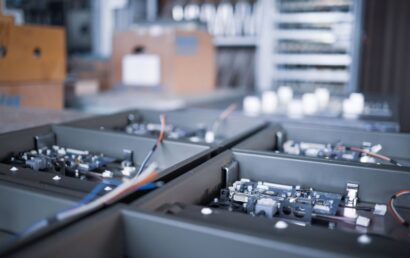Aluminum Oxide Topcoats Provide Stellar Heat Insulation Properties
A coating technique has been developed by researchers that has been designed for use in turbine engines. Aluminum oxide will protect waste incinerator components against oxidation and heat. Heat insulation is provided by a topcoat of microscale hollow aluminum oxide spheres. Compared to conventional techniques, it has already proven to be more economical.
In theory, the same gas-phase insulation concept that keeps your house warm will be used for waste incinerator component and turbine engine protection. Because of the intense heat generated by these components and engines, tough, added protection is needed. Best of all, the aluminum oxide coating thickness does not have to be excessive in order to work.
Protecting Against High Temperatures
A coating has now been designed that consists of (made from conjoined aluminum oxide spheres) an outer topcoat. The spheres can fill with gas because they are hollow. On a part’s inner side, the gas-filled spheres reduce temperatures, even when the outer part is exposed to 1000°C temperatures or more. The spheres can take the inner side temperature down to below 600°C. It is not at all uncommon for temperatures of 1000°C to be present in steam and gas turbines used for reactors, temperature sensors, waste incinerator generators, combustion chambers, and energy generation. Many of these are present in petrochemical and chemical industries.
An Economical Coating
The process of hollow aluminum oxide spheres providing a heat insulating layer is obtained on the basis of an economic, conventional process. All it takes is a little simple math on the part of the operators. This comes as good news due to the high price of ceramic materials-based thermal barrier techniques of old. Additionally, the aluminum oxide coatings are dual-purpose. While being originally created to protect against oxidation (nonmetallic components) scientists were able to optimize the technique so that it protects against heat. The most astounding part of all of this is that the spheres in question were originally considered a waste product! Now they are used to form a coating layer.
Scientific Development
By refining the process, scientists realized that coating layers can be applied in whatever thickness was required. A viscous liquid bonding agent is mixed with aluminum particles. The resulting mixture resembles slurry or paint which is brushed, sprayed, or painted onto a metallic component. After that, the only thing left to do was apply a substantial amount of heat. Of course, fine-tuning had to be done regarding bonding agent viscosity, heating stages, temperature, aluminum particle size distribution, etc. Scientists compared the process to a master chef putting together a winning recipe.
What’s in the Future?
With all of the information derived by scientists, testing, trials, and more, additional progress is expected. The ability to coat larger components, yet not exceed application area temperature limits, is in the works. What’s more, the entire coating process may, in the future, become automated. To think, all this came from the home insulating aerated concrete already found in many of the houses on your block.
A&A Coatings offers numerous plasma spray coatings providing a wide variety of protective qualities. No matter what industry you are involved in, we have the precise coating you need. Talk to a knowledgeable representative today and find out how the right thermal spray coating can help reduce maintenance costs, lessen part replacement, and improve your company’s bottom line.



